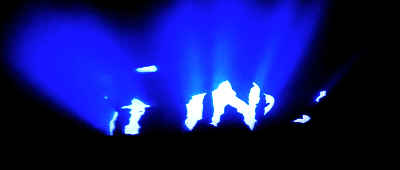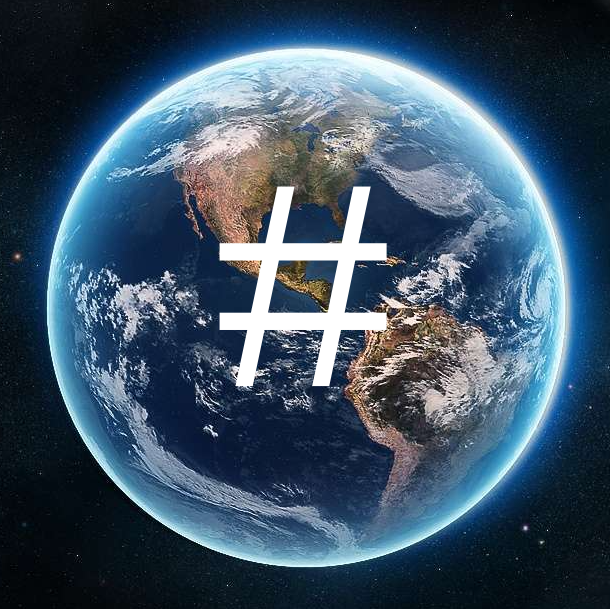In my previous post, I began to define what we might mean when we call something an “object” by way of the philosopher Martin Heidegger’s term Vorhandenheit. With this neologism, which is translated as the compound present-at-hand, Heidegger articulates an abstract, indifferent, and theory-driven way of relating to an entity that narrowly focuses on its empirical and scientific qualities.

Against this relationship of present-at-hand, Heidegger proposes an attitude of Zuhandenheit, or ready-to-hand, a yet more primordial comportment to the world that treats things practically, even invisibly. This is our everyday relationship to the objects that surround us as we use typically use them: I pick up a hammer—the example is Heidegger’s—and I simply swing it toward a nail, without regard for the hammer’s exact heaviness, its physical makeup, its asymmetrical shape. Moreover, in Zuhandenheit, the hammer gathers together a whole world, a broader context of basic know-how; that is to say, the hammer is what it is when it is swung, in relation to the nail, in anticipation of the birdhouse being built.
This vocabulary appears relatively early in Heidegger’s work, but in his later, more poetic writings, it gives way to a distinction between objects and things. Although the terminological dualism does not precisely map one to the next, there are strong resonances between them.
As Heidegger has it, an object is a matter left to science and technology, a product of industry against which humans conceive themselves as masters of the world, as Cartesian subjects. On the other (ready-to-)hand, a “thing things world”—to borrow Heidegger’s phrase from his eponymous essay—that is to say, some thing like a hammer or a work of art gathers and makes present the broader horizon of life that we are always already embedded in and indebted to, ontologically prior to any division between subjects and objects. In using a thing, the wider world appears for us.

Of course, as the Vor/Zu-handenheit binary makes clear, things can be objects and objects things; these are not mutually exclusive terms. What, then, might we call a thing? And considering that Heidegger’s illustrations tend to be rustic—hammers, jugs, peasant shoes, and so on—what would a digital thing look like?
Let’s expand upon the same example we used last time: A tweet.
 As explained at that time, “from an attitude of Vorhandenheit, it’s obvious that a tweet consists of not much more than a few lines of code, protocols, metadata—information that can be codified, preserved, mobilized.” Yet when considered as a thing, in a relationship characterized by Zuhandenheit, a tweet brings together and discloses an enormous context of people, technology, and culture that are constitutive of the tweet as such. Just consider how a #hashtag works: With this prefixal punctuation, a tweet does something impossible in writing prior to the Internet, linking together utterly contingent users through a single shared signifier that, if repeated by enough people, begins to trend locally, nationally, even globally. And thus a tweet things world, gathering a manifold of experience and making the larger networks Twitter is embedded in emerge for and with one another.
As explained at that time, “from an attitude of Vorhandenheit, it’s obvious that a tweet consists of not much more than a few lines of code, protocols, metadata—information that can be codified, preserved, mobilized.” Yet when considered as a thing, in a relationship characterized by Zuhandenheit, a tweet brings together and discloses an enormous context of people, technology, and culture that are constitutive of the tweet as such. Just consider how a #hashtag works: With this prefixal punctuation, a tweet does something impossible in writing prior to the Internet, linking together utterly contingent users through a single shared signifier that, if repeated by enough people, begins to trend locally, nationally, even globally. And thus a tweet things world, gathering a manifold of experience and making the larger networks Twitter is embedded in emerge for and with one another.
Even so, there is something remarkably ephemeral about a digital thing like a tweet, an impermanence that poses one of the primary challenges facing staff members in the DWRL this semester, which is why in my next post I will outline a followup question to ours today: What is an archive?

